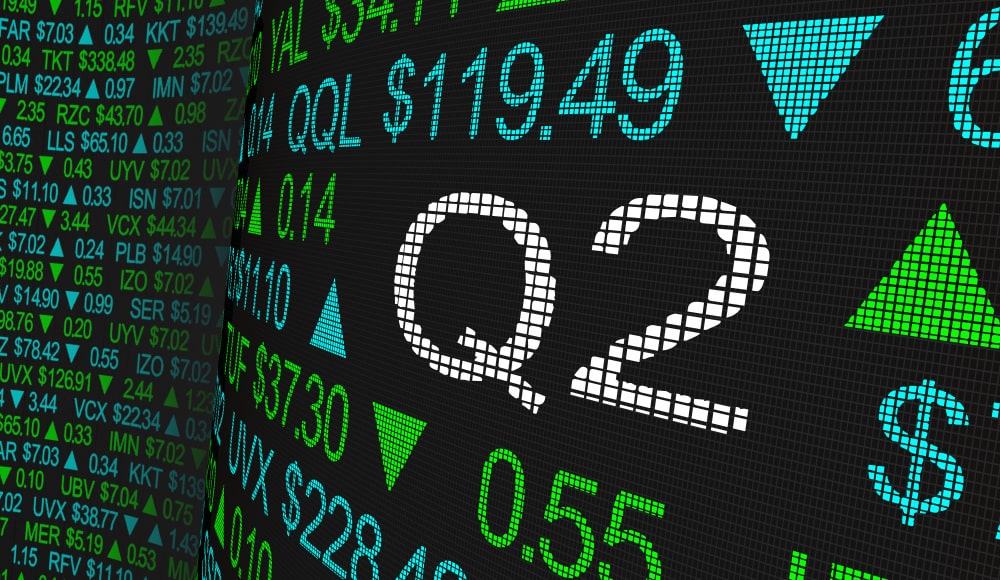
An eventful second quarter.
In May, First Republic, a well-regarded mid-sized bank, experienced a rapid decline in deposits, forcing the FDIC to merge it into JPMorgan Chase. In early June, Congress avoided the U.S. defaulting on our sovereign debt, an event not seen since 1812. Later that month, the Federal Reserve announced it was pausing interest rate increases even though inflation remained above their target. As the quarter ended, Russia managed to avert a mutiny within its military.
Despite these events, the stock market moved higher.
Somewhat reminiscent of internet fever in the early 1990’s, ChatGPT and other generative AI models caught the imagination of investors. The largest technology companies drove most of the gain of the U.S. equity market which was up 8.4% for the quarter and 16.2% year-to-date (Russell 3000 Index). Even with last year’s market drop, the U.S. equity market has now appreciated 13.9% over the past three years on an annualized basis.
International developed markets had a positive quarter, but trailed the U.S.
The more established equity markets outside of the U.S. appreciated 3% in the second quarter and are up 11.7% for the first half of this year (MSCI EAFE Index). Much of this performance came from France, Germany, and Japan. The emerging equity markets lagged, primarily due to China’s equity market decline of 5.4% due to lower than expected post-Covid growth.
Cash and bond yields are attractive.
Very short maturities are yielding well above longer maturities. At the end of June, the yield to maturity on the 2-year U.S. Treasury Note was 4.9%. Yields on even shorter securities are above 5%.
With the 10-year U.S. Treasury Note at 3.8%, a full percentage point below the 2-year note, investors believe that a slowing economy will enable the Federal Reserve to eventually lower short-term rates. While it is typical for longer maturities to yield more than short ones, no one knows when a rate shift may occur. Our current fixed income strategy balances earning high yields for the short-term against the benefit of locking in slightly lower yields for a longer period.
There is uncertainty as to inflation and economic growth over the next year.
U.S. inflation, as measured by the headline CPI, is down from 8.6% a year ago to 4%. Some economists believe the recent moderation of inflation is the start of a trend. They expect the Fed to remain paused to let past interest rate hikes impact the economy. Others believe inflation expectations are more entrenched and expect the Fed to raise rates again. At their last meeting, the Fed indicated that they expect to raise rates another half a percent this year, then start dropping rates sometime in 2024.
The recession, which was supposed to have occurred by now, no longer seems imminent. Over the past year, U.S. Gross Domestic Product is up 1.8%. With unemployment low, and consumers still spending, it remains unclear whether we will have a noticeable recession. Stock market investors seem to be positive about the future. Bond markets, with longer term rates below short-term, are less optimistic. We doubt anyone knows the direction of the economy or corporate profits in the near term. Rather than trying to guess, the best practice is to remain focused on achieving your longer-term financial goals.